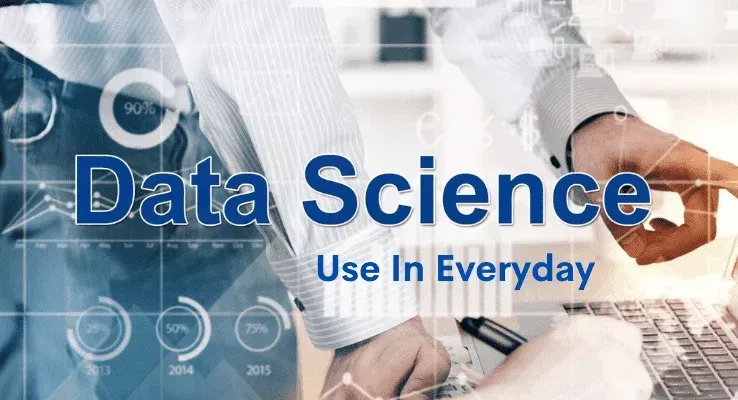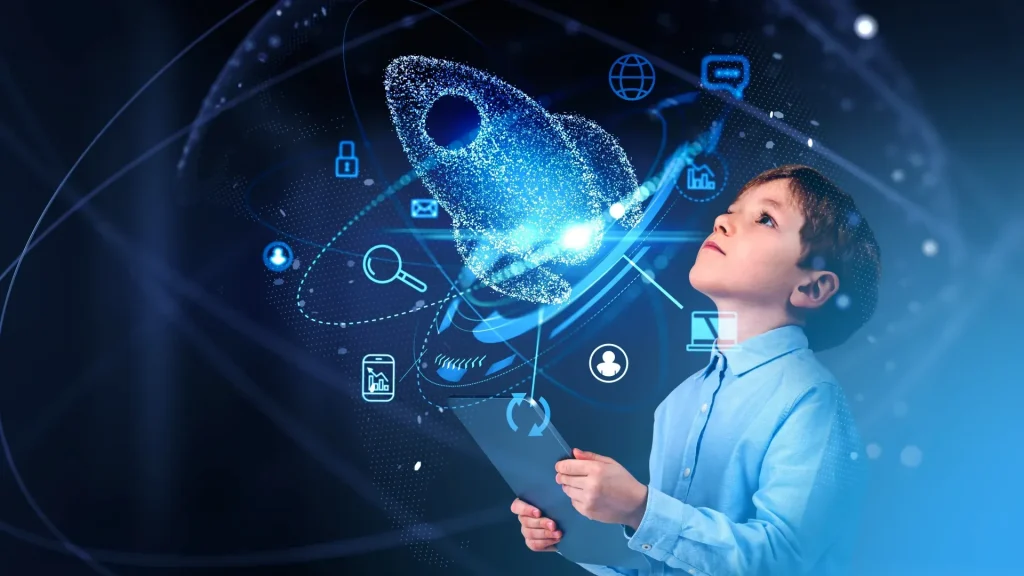Data Science in Everyday Life is more than a buzzword; it’s the quiet engine behind the apps, devices, and services we rely on every day. From the moment you wake up to check the weather on your smartphone to the personalized recommendations that greet you on streaming platforms, data science informs decisions, tailors experiences, and helps optimize complex systems. This introduction shows the technology behind data science and highlights how machine learning in everyday life translates insights into everyday actions. By exploring real-world examples, practical pipelines, and ethical considerations, you’ll gain a clearer picture of how data science drives smarter choices, faster services, and more personalized interactions. In everyday contexts, visible results come from patterns in data guiding decisions, optimization, and personalized experiences.
Beyond the label, this topic rests on data-driven intelligence weaving through daily contexts, turning raw signals into meaningful guidance. Businesses and services rely on analytics-powered engines that tailor recommendations, streamline operations, and anticipate needs before you notice. The technology stack includes statistics, software engines, and AI methods that transform streams of information into actionable insights. From health monitors to smart homes, the same data workflows—collection, storage, processing, modeling, and visualization—animate everyday experiences. Understanding these ideas through synonymous terms like predictive analytics, data-driven decision making, and intelligent systems highlights how connected technologies serve people with efficiency and care.
Data Science in Everyday Life: The Technology Behind Our Daily Decisions
Data Science in Everyday Life sits at the intersection of statistics, computer science, and domain insight, turning raw numbers into actionable guidance. The technology behind data science rests on layered components that operate in concert: data collection and ingestion from apps, sensors, and services; scalable data storage and processing in cloud-based lakes and warehouses; and statistical modeling and machine learning that extract patterns and forecast outcomes. Together, these layers form an ecosystem that translates countless signals—from a morning weather ping to a streaming recommendation—into smoother, smarter interactions.
Beyond the math, this technology emphasizes governance, privacy, and ethics as core design choices. Data analytics and visualization turn complex outputs into digestible insights for everyday decisions, while privacy controls, anonymization, and bias detection help ensure that data science serves users fairly. When you consider how data science infrastructures support your routines—whether at home, work, or on the go—you’re seeing the data pipelines, model development workflows, and governance practices in action, even if you don’t notice the equations at work.
Applications of Data Science in Daily Routines: Turning Insights Into Everyday Action
Applications of Data Science in daily routines show up in the concrete ways systems anticipate needs and optimize flows. Data analytics in daily routines analyzes usage patterns, resource consumption, and performance metrics to guide personal and organizational decisions. Machine learning in everyday life powers recommendations, health monitoring, energy management, and security systems, turning observational data into proactive responses that feel almost seamless.
This wave of practical deployment is supported by real-world pipelines and governance practices. From weather-informed travel planning to personalized wellness insights, the day-to-day benefits hinge on your ability to harness data responsibly and effectively. As you encounter a smarter thermostat, a tailored entertainment lineup, or a security alert that detects unusual activity, you’re witnessing the applications of data science in action—where data analytics, feature engineering, and evaluation translate into tangible improvements in daily living.
Frequently Asked Questions
What is Data Science in Everyday Life and how do applications of data science shape daily experiences like recommendations and smart devices?
Data Science in Everyday Life refers to using statistics, algorithms, and domain knowledge to turn everyday data into useful insights. Applications of data science shape daily experiences through personalization engines in streaming services, smart devices, and everyday apps. Core components include data collection and ingestion, storage and processing, machine learning models, analytics dashboards, and privacy-conscious governance. In practice, these pipelines learn your preferences, predict needs, and tailor content while safeguarding data security and consent.
What is the technology behind data science that enables machine learning in everyday life and how do privacy and ethics fit in?
Technology behind data science refers to the stack of data collection, storage, processing, and modeling that makes machine learning in everyday life possible. From data pipelines and distributed computing to ML algorithms, these systems learn from past data to predict what you might do next, powering recommendations, voice and image recognition, and anomaly detection. Real-time insights rely on edge computing and privacy-preserving techniques to balance speed with security. Ethical considerations—fairness, transparency, consent, and data minimization—guide responsible deployment so ML-enhanced experiences respect user rights.
| Aspect | What it Means | Impact / Everyday Example |
|---|---|---|
| Technology foundations | Multidisciplinary mix: statistics, computer science, and domain expertise. | Translates data into insights via pipelines and models. |
| Data collection & ingestion | Actions, sensors, clicks, and transactions feed data pipelines; the landscape often involves big data. | Apps track usage and devices report status to tailor experiences. |
| Data storage & processing | Distributed storage and processing frameworks; cloud data lakes/warehouses; parallel analytics. | Turns vast datasets into timely insights. |
| Statistical modeling & machine learning | Models generalize from past data to future outcomes; supervised/unsupervised approaches. | Forecasts demand, detects patterns, and automates decisions. |
| Analytics & visualization | Analytics tools and dashboards turn raw data into knowledge. | Clear visuals help stakeholders interpret results and act. |
| Privacy, governance & ethics | Access control, anonymization, consent management, and bias detection. | Ensures data use is fair, safe, and responsible. |
| Personalization engines | Recommendation systems based on past interactions (collaborative filtering, neural networks, likelihood models). | Delivers tailored content with minimal friction in streaming, shopping, and news. |
| Mobility & navigation | Location data, weather, traffic, and events feed routing engines. | Real-time routing reduces delays and congestion. |
| Health & fitness data | Wearables collect vital signs and activity data; analytics provide coaching and alerts. | Supports proactive health management and personalized coaching. |
| Smart home & devices | Routines learned by models; thermostats, lighting, and voice assistants automate tasks. | Increases comfort and energy efficiency. |
| Security & finance | Fraud detection, credit scoring, risk assessment using probabilistic models. | Balances safety with seamless user experiences. |
| Ethical considerations | Consent, minimization, explainability, and security. | Builds trust and ensures responsible data use in everyday life. |
| Future trends | Real-time decisions, multimodal data fusion, data stewardship, and governance. | Leads to smarter devices and tighter ecosystem integration. |
Summary
Data Science in Everyday Life is the quiet engine behind the apps, devices, and services we rely on daily. It transforms streams of numbers into guidance that shapes decisions, personalizes experiences, and optimizes routines across health, transportation, finance, and home environments. By combining data collection, storage, modeling, analytics, and governance with ethical considerations, data science turns everyday interactions into smarter, faster, and more context-aware services. As technologies evolve—bringing real-time decisions, multimodal data, and responsible AI—the impact of Data Science in Everyday Life will continue to grow, touching education, wellness, mobility, and entertainment in increasingly seamless ways.



